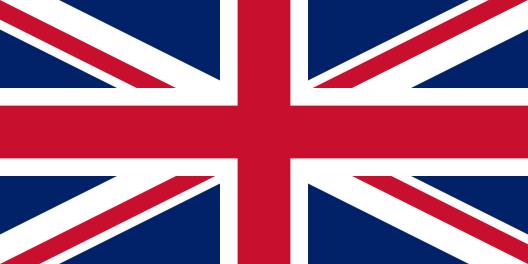Space Launch Complex 40 (SLC-40) is one of two launch sites leased by SpaceX at Cape Canaveral Space Force Station (CCSFS) in Florida, specifically designed for preparing and launching Falcon 9 rockets. Constructed in the early 1960s, SLC-40 was initially used for 55 Titan III and Titan IV rocket launches, including the Cassini-Huygens mission to Saturn. The pad was active from June 18, 1965, to April 30, 2005.
SpaceX began leasing SLC-40 in 2007, converting it to support Falcon 9 rockets. The pad was first upgraded to accommodate the original version of Falcon 9 and later received another upgrade in 2013 to handle the larger, reusable Falcon 9 rocket. On September 1, 2016, an explosion during a Falcon 9 fueling test caused severe damage to the pad. It was rebuilt rapidly, with construction completed in just 10 months, from mid-February to late November 2017. SLC-40 resumed operations with the successful launch of a Dragon capsule to the International Space Station on December 15, 2017.
After adding a crew access arm to the launch tower, SpaceX launched their first crewed mission from SLC-40 on Saturday, September 28th 2024 for NASA's Crew-9 mission to the International Space Station.
Under SpaceX’s management, SLC-40 has been the site of numerous significant missions. Notable launches include the first all-commercial Dragon mission to the International Space Station, NASA’s DSCOVR mission, the Transiting Exoplanet Survey Satellite (TESS) for NASA and MIT, the first satellite for Turkmenistan, the classified Zuma mission for Northrop Grumman and the U.S. government, the first GPS-III satellite, and the Beresheet lunar lander for Israel. Additionally, in September 2024, SLC-40 will host its first crewed launch with SpaceX’s Crew-9 mission, marking a new milestone for the pad.
Cape Canaveral is a major launch site with four currently active launch pads for Atlas V, Delta IV Heavy, Falcon 9, and Minotaur rockets. Located on Florida’s east coast, it offers extensive access to space for a variety of missions, including those targeting the Space Station, Geostationary Earth Orbit, the Moon, interplanetary destinations, and polar trajectories. The site’s location ensures that launches occur over the open Atlantic Ocean, minimizing risks to populated areas.
Cape Canaveral is often confused with or referred to alongside NASA’s Kennedy Space Center on Merritt Island. While they are separate installations, both play pivotal roles in the U.S. space program. Cape Canaveral has a storied history of significant space missions, including the launch of the first U.S. Earth satellite, Explorer 1, in 1958; the first U.S. astronaut, Alan Shepard, in 1961; the first U.S. astronaut in orbit, John Glenn, in 1962; the launch of the first two-person U.S. spacecraft, Gemini 3, in 1965; and the first U.S. uncrewed lunar landing mission, Surveyor 1, in 1966.
SLC-40 and Cape Canaveral continue to be integral to SpaceX’s ambitious launch schedule and the broader U.S. space program, supporting a wide range of missions and contributing to advancements in space exploration.
Photo courtesy of Jenny Hautmann for Supercluster


